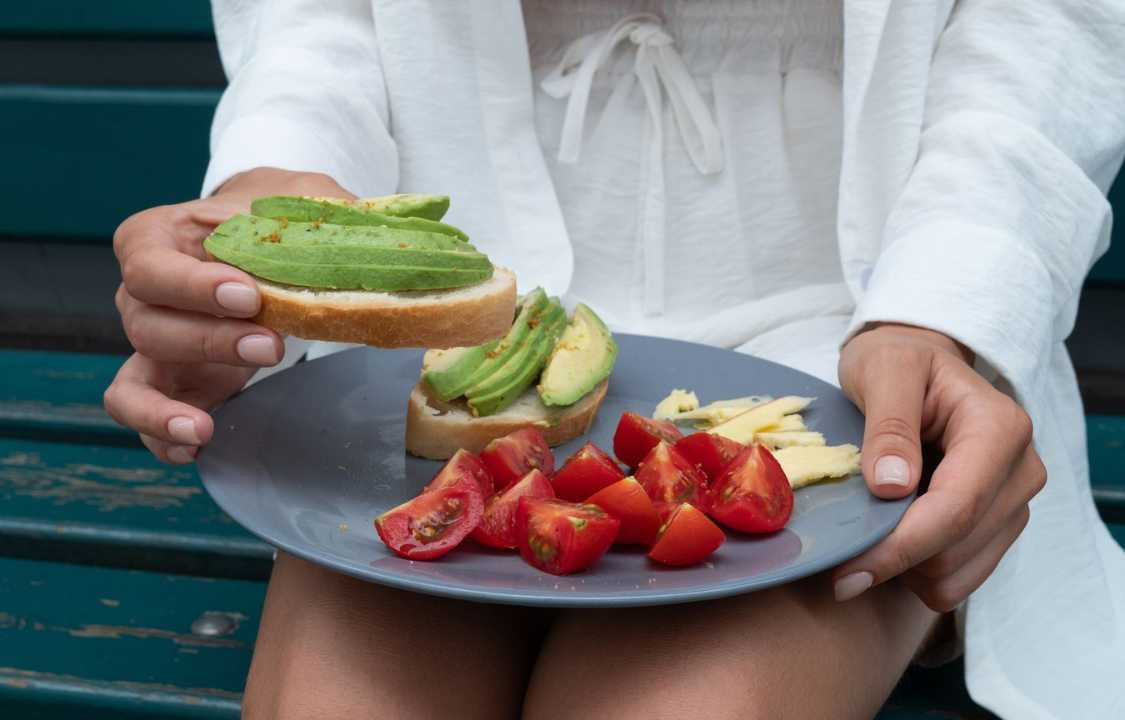Health Benefits, Insight
Is the ‘Girl Dinner’ Trend Fun or Harmful? Dietitians Weigh In
In the dynamic world of social media trends, TikTok has given rise to countless viral sensations, including the recent phenomenon known as the “girl dinner.” Characterized as a snack plate made from uncooked or easily prepared foods, this trend has garnered attention and participation from users of diverse backgrounds. While the concept of a girl dinner may appear harmless, registered dietitians and nutrition experts are raising concerns about its nutritional value and the implications of associating gender with dietary choices. In this comprehensive exploration, we delve into the nutritional aspects, naming conundrums, and strategies for creating a balanced “girl dinner.”
The Nutritional Value Behind a ‘Girl Dinner’
The nutritional content of a girl dinner varies significantly depending on the selection of snacks and ingredients. Mackenzie Burgess, a registered dietitian nutritionist and recipe developer, points out that the calorie count and overall nutrition of a girl dinner hinge on its composition. For instance, a girl dinner comprising only fruits, crackers, and cheese cubes might provide around 200-300 calories, resembling more of a snack than a complete meal.
However, transforming a girl dinner into a well-rounded dining experience involves strategic additions. By incorporating items like baguette slices, hard-boiled eggs, chopped vegetables, hummus, and a handful of nuts, the calorie count can be elevated to approximately 500 calories, which aligns more closely with a balanced dinner.
It’s essential to consider individual nutritional requirements when crafting a girl dinner, as calorie needs vary based on factors such as age, physical activity level, and specific health goals. The Dietary Guidelines for Americans recommend different calorie intakes for various demographic groups, emphasizing the importance of personalized dietary choices.
The Name ‘Girl Dinner’ and Its Implications
While the girl dinner trend appears to celebrate convenience and creativity in meal preparation, some experts argue that the name itself may be problematic. Registered dietitian Melissa Mitri highlights that referring to a meal as a “girl dinner” carries certain implications, potentially influencing perceptions of portion sizes and dietary choices.
One perspective posits that the term is intended to empower women, encouraging them to enjoy meals with minimal cooking pressure. However, an alternative viewpoint suggests that it perpetuates the misconception that women should consume smaller meals than men. These conflicting interpretations raise concerns about body image issues and the risk of fostering unhealthy eating habits, particularly among women.
Moreover, the girl dinner trend unfolds within the realm of social media, which can be a triggering environment for individuals dealing with disordered eating. The association of “girl dinner” with lower-calorie meals may inadvertently exacerbate existing challenges and contribute to an unhealthy relationship with food.
Creating a Nutritious ‘Girl Dinner’
As with many social media food trends, determining the healthiness of a girl dinner is not a straightforward endeavor. Mitri emphasizes that incorporating the right ingredients and ensuring an adequate calorie count can transform a girl dinner into a suitable dinner option. It is crucial to recognize that nutritional needs are highly individualized, making it impossible to prescribe a universally healthy girl dinner.
Mitri recommends that an ideal girl dinner should encompass a protein source (e.g., cheese, meat, or nuts), carbohydrates (e.g., fruit or whole-grain crackers), and healthy fats (e.g., hummus with a drizzle of olive oil). To enhance the nutritional profile, raw vegetables paired with a dip can be included in the girl dinner ensemble.
For those seeking guidance on crafting a balanced girl dinner, Burgess offers a simple formula:
- 1 cup of carbohydrates (e.g., fruit, sliced baguettes, or crackers)
- 4 ounces or ½ cup of protein (e.g., sliced meat, hard-boiled eggs, cooked chicken, roasted chickpeas, edamame, or hummus)
- 1+ cups of vegetables (e.g., bell peppers, sliced cucumber, or celery sticks)
- ¼ cup of fats (e.g., cheese, cottage cheese, avocado, or nuts)
Crucially, the creation of a girl dinner should align with personal hunger levels and daily nutrient requirements. Individuals seeking tailored nutritional advice can benefit from consulting a registered dietitian who can provide expert guidance on calorie needs and balanced dietary choices.
In a nutshell, the “girl dinner” TikTok trend has made quite the splash, garnering a mix of excitement and apprehension. This viral sensation revolves around the creation of snack plates, brimming with easily prepared food items, offering a unique blend of convenience and creative flair. While the trend undeniably presents an intriguing opportunity for those seeking quick and inventive meal options, it raises important questions about its nutritional value and the somewhat contentious connection between gender and dietary preferences.
It’s worth noting that a well-constructed “girl dinner,” thoughtfully tailored to individual nutritional needs, can indeed deliver a satisfying and enjoyable dining experience. These artful arrangements often showcase a medley of flavors, textures, and colors, providing both nourishment and aesthetic pleasure. However, it’s crucial to approach this trend with sensitivity and mindfulness, considering the potential implications it may have on body image and the development of disordered eating habits.
For many, TikTok has become a platform for sharing not only culinary creations but also personal stories and experiences. With this in mind, it’s essential to foster a culture of mindful and inclusive nutrition choices. Encouraging individuals to embrace their unique dietary preferences without judgment or societal pressures can help create a healthier and more supportive online environment.
Ultimately, the “girl dinner” trend is a fascinating reflection of the way social media can influence our dietary choices and perceptions. By approaching it with a balanced perspective, we can fully enjoy the creativity it offers while promoting a holistic approach to food and nutrition that prioritizes both physical and mental well-being.

